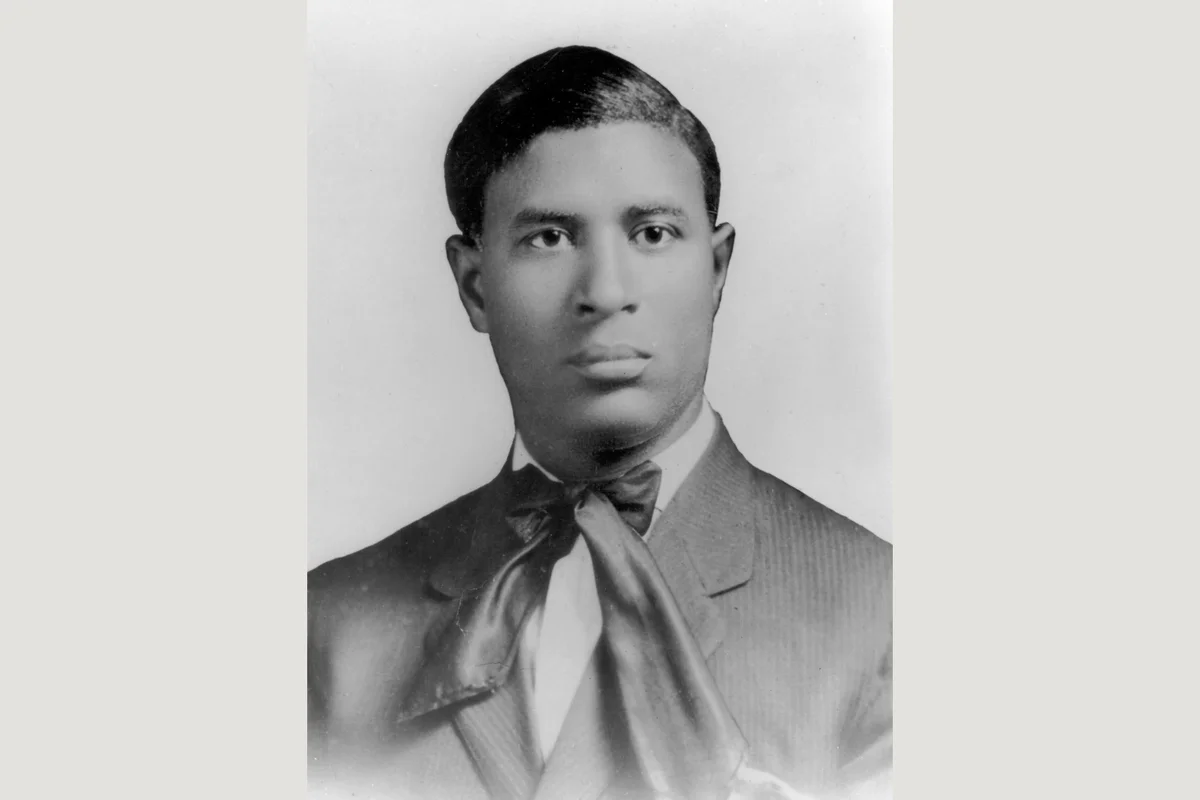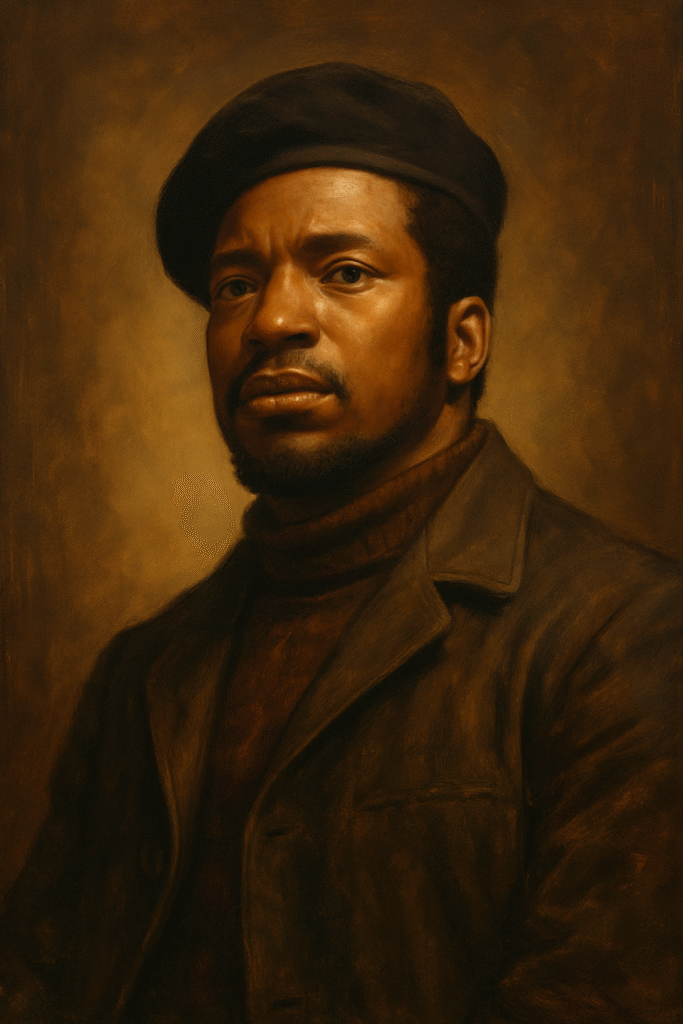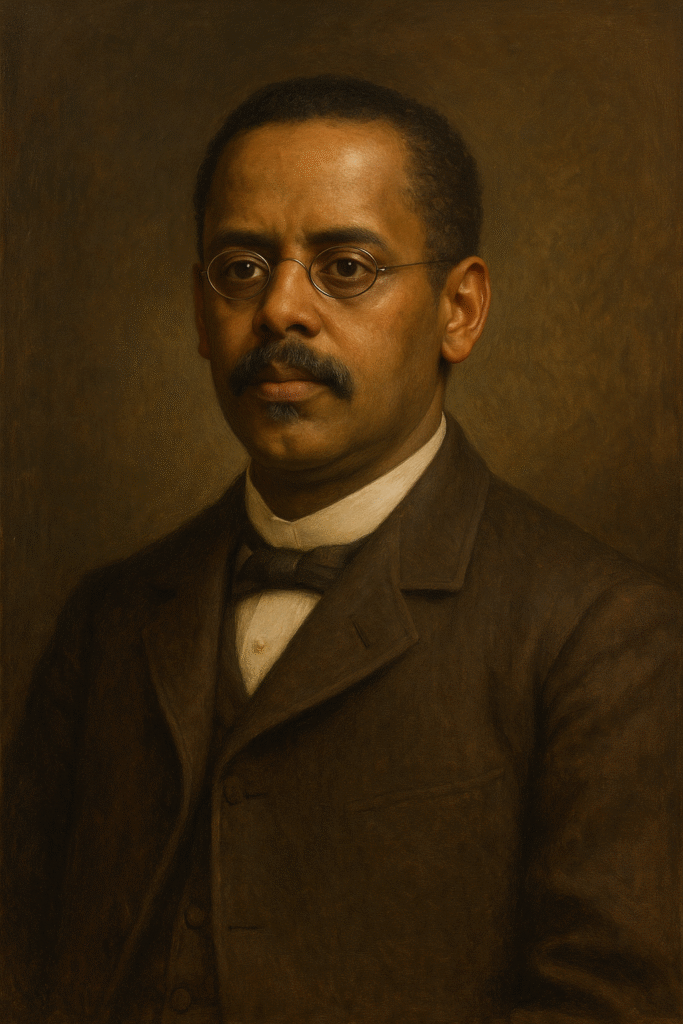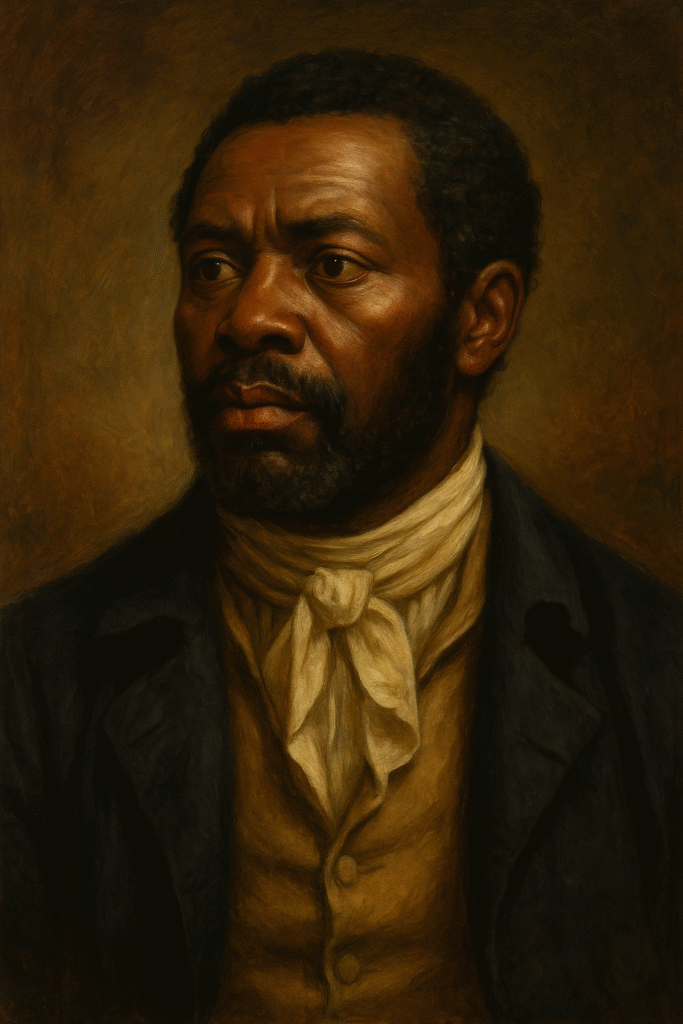The Man Behind the Invention: Garrett Morgan
Garrett Morgan, an African American inventor, entrepreneur, and community leader, is best known for his groundbreaking invention of the gas mask in 1914. Born on March 4, 1877, in Paris, Kentucky, Morgan was one of eleven children in a family that endured financial hardships. Despite these difficulties, he demonstrated an early curiosity for mechanics and problem-solving, which would later become central to his identity as an inventor.
At the age of fourteen, Morgan left school to work as a handyman, where he quickly acquired skills that led him to various jobs in the industry. His desire for knowledge drove him to take on roles as a sewing machine mechanic, which sparked his interest in inventing. This entrepreneurial spirit was further fueled by his eventual move to Cleveland, Ohio, where he started a successful tailoring business. The experience of working in a community with diverse needs paved the way for his innovative thinking.
Garrett Morgan’s accomplishments were not limited to his inventions. His keen sense of observation during the 1913 Lake Erie gas explosion significantly influenced his creation of the gas mask. Witnessing the challenges faced by rescue workers, he concluded that a device capable of filtering out toxic gases would save lives. This moment exemplified how his background as a businessman and community leader fueled his inventive pursuits, inspired by both necessity and opportunity. Furthermore, Morgan’s historical contributions extended beyond the gas mask, as he developed the first three-way traffic signal, showing an enduring commitment to enhancing public safety.
Despite facing significant racial barriers throughout his career, Morgan’s achievements underscored his resilience and determination. His legacy serves as a testament to the profound impact one individual can have on society through innovation and perseverance. The combination of his early life experiences, education, and entrepreneurial ventures positioned him as a pivotal figure in American history, illustrating how creativity and practicality can intersect to address pressing societal needs.
The Gas Mask Invention: A Revolutionary Breakthrough
In 1914, as World War I commenced, the introduction of chemical warfare marked a harrowing new chapter in military history. Soldiers confronted not only the chaos of traditional battles but also the insidious threat posed by chemical agents such as chlorine and mustard gas. Recognizing this peril, Garrett Morgan, an African American inventor, took it upon himself to develop a solution that would offer substantial protection to soldiers on the battlefield. His invention, the gas mask, emerged as a revolutionary breakthrough in personal safety equipment.
Morgan’s gas mask featured a distinctive design that included a tightly fitting facepiece with a filter element capable of trapping harmful gases. His design incorporated a hood that extended over the head and secured around the neck, ensuring a secure fit to prevent toxic substances from penetrating. The mask utilized a series of fabric and charcoal filters, effectively absorbing noxious chemicals while allowing the wearer to breathe safely. This innovative approach to filtration set the groundwork for future advancements in respiratory protective devices.
The motivation behind Morgan’s invention stemmed not only from a need for soldier safety but also from his desire to protect civilians from the horrors of chemical exposure. He developed the gas mask in hopes of minimizing the devastating consequences of chemical warfare, showcasing both foresight and humanitarian concern. When introduced, Morgan’s gas mask was met with skepticism; however, as chemical attacks became more prevalent during the war, the demand for effective protective gear surged. Eventually, the gas mask proved indispensable, saving countless lives on the frontlines and fundamentally reshaping military safety protocols.
The significance of Morgan’s gas mask extended beyond the battlefield; it served as a pivotal technological advancement during a critical period in history, showcasing the importance of innovation in times of dire need. Its role in World War I underscored the growing necessity for protective measures against new forms of warfare, setting a precedent for the design and deployment of future personal protective equipment.
Impact and Legacy of the Gas Mask
Garrett Morgan’s invention of the gas mask marked a significant turning point in both military and civilian safety standards. Developed in the early 20th century, this groundbreaking piece of personal protective equipment became a critical tool during World War I, where it was employed extensively to shield soldiers from the dangers of chemical warfare. As warfare evolved, the gas mask proved to be indispensable, enabling military forces to maintain operational effectiveness in the face of hazardous agents. Its design not only provided immediate protection but also influenced tactics and strategies used in battle, highlighting the importance of safeguarding personnel in increasingly dangerous environments.
In the aftermath of the war, the gas mask transcended its military origins, finding applications across various industries. It became a necessary component for workers in hazardous conditions, ranging from chemical manufacturing to construction. The adoption of the gas mask in industrial settings underscored the urgent need for adequate safety measures to protect individuals from toxic substances and airborne pollutants. As public awareness surrounding occupational health and safety grew, Morgan’s invention helped lay the groundwork for comprehensive safety regulations and the development of modern personal protective equipment (PPE).
The legacy of the gas mask is not confined to historical contexts; it remains relevant in contemporary situations, particularly in light of global health crises. The COVID-19 pandemic reignited discussions about personal safety gear and the role of respiratory protection in public health. Morgan’s initial vision for protecting individuals in perilous environments continues to inspire innovations in PPE design, adapting to new challenges faced by society. Thus, the gas mask stands as a testament to the enduring impact of creativity in engineering, shaping how protective measures are perceived and implemented in modern warfare and everyday life.
July 25 in Historical Context: Notable Events and Innovations
July 25 stands out as a pivotal date in history, marked by various significant events, innovations, and advancements across different fields. One of the most remarkable milestones was the invention of the gas mask by Garrett Morgan in 1914, which contributed immensely to safety during hazardous situations, particularly in World War I. This invention is a testament to human ingenuity and reflects a broader trend of technological progress associated with this date.
On July 25, 1866, the first transatlantic cable was successfully completed, revolutionizing communication between North America and Europe. This monumental achievement laid the groundwork for instantaneous global communications and serves as a precursor to modern telecommunication advances. Similar to Morgan’s contributions with the gas mask, the transatlantic cable highlighted the importance of innovation in improving lives and connecting distant regions.
Moreover, July 25 also witnessed various advancements in science and exploration. For instance, in 1978, the first test-tube baby, Louise Brown, was born following the success of in-vitro fertilization technology. This event marked a significant breakthrough in reproductive science and altered societal perspectives on family and childbirth. The same kind of innovative spirit that fueled Garrett Morgan’s development of the gas mask continues to thrive through modern scientific achievements.
Throughout history, the date of July 25 has fostered critical developments that have shaped our contemporary world. Each invention and milestone, including Morgan’s gas mask, speaks to a larger narrative of progress where innovative solutions have emerged in response to societal needs. As we reflect on these notable events, it becomes evident how July 25 has served as a catalyst for shaping not only the present but also future generations, highlighting the enduring impact of invention and innovation.











